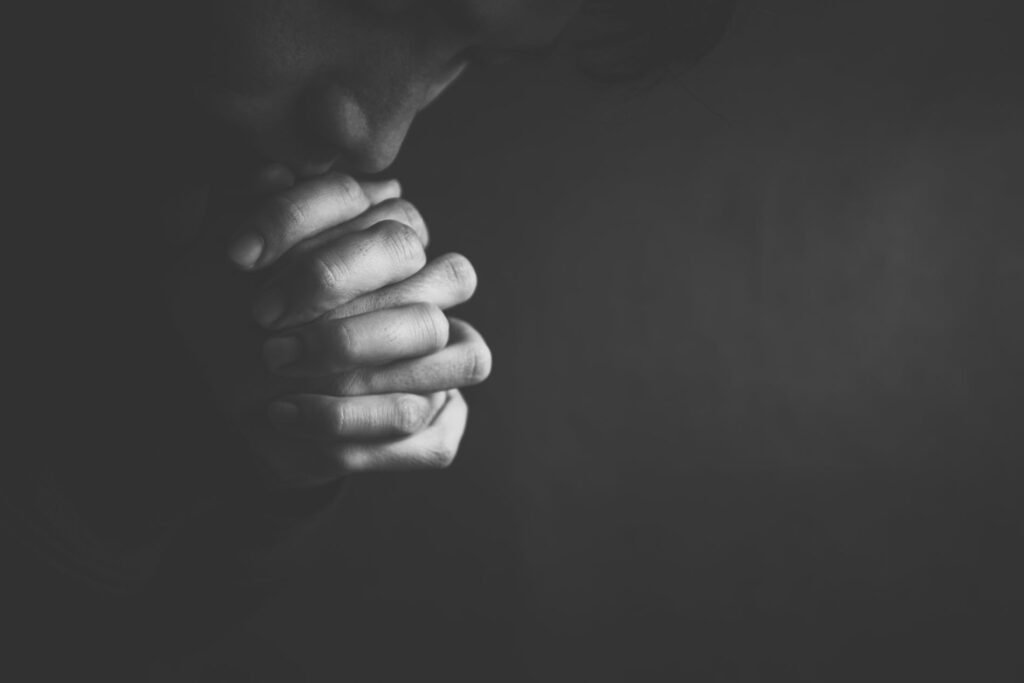The 9th step is the culmination of the inventoryStep 4 recommends the addict conduct “a searching and fearless moral inventory.” This involves coming to terms with the flaws which preceded addiction and those that came as a result of it. More we have made of our flaws. In the throes of our addiction, we may have committed a litany of moral and ethically indefensible actions. We have stolen, cheated, lied, betrayed, assaulted, or abused others. By the time we reach this step, we should be able to identify, recognize, and take responsibility for these actions.
Step 9
Step 9: Made direct amends to such people wherever possible, except when to do so would injure them or others.
-Step 9 AA
With the realization of how deeply we have hurt others through our addiction, we understand that amends must be made. In this step, we attempt to remove some of the debris created in the past through our actions.
We complete the step when we have “made direct amends to such people wherever possible, except when to do so would injure them or others.” The book Twelve StepsThe term "12 steps" refers to the core principles of the approach to addiction exemplified by Alcoholics Anonymous and other similar groups. The 12 steps are a set of guidelines designed to help individuals overcome addiction and rebuild their lives. They were created by the founders of Alcoholics A... More and Twelve Traditions tells us that we are ready to work this step when we have attained: “the readiness to take the full consequences of our past acts, and to take responsibility for the well-being of others at the same time, is the very spirit of Step Nine.”
For many recovering addicts, this is the most difficult step to accomplish. In working most steps, we work with ourselves and our reliable partners: our Higher Power12-step programs greatly stress surrender to and daily communication with a Higher Power. Having trust in something greater than yourself is considered essential for returning sanity in the unmanageable life of an addict. This can be a traditional deity, a spiritual entity or a social one such as th... More, sponsorAn individual in a 12-step program requires a sponsor to help them work the steps and hold them accountable for their recovery. The sponsor should be readily available when help is needed. A member with a sponsor is considered to be the sponsee. More, and group. The 9th step brings in many unpredictable people. Some of whom we have seriously harmed. It is perfectly understandable to be apprehensive and anxious about their response Maybe they hate us? Maybe they want revenge?
As recovering addicts, we fear the loss of control we experienced in our darkest days. This step is accompanied by the terrible realization that we have no control over the response of the people we have harmed. We will likely have wonderful experiences and very difficult ones.
However, we must proceed for two reasons. First, this is not about us. At least not fully. It is about other people. It is about the people we have hurt in the past. However, it is equally designed for the people in your life now and in the future. By facing the consequences of our previous actions, we become more aware of the terrible cost of our behavior. This will make us less likely to take equally destructive actions in the future. Working the steps has likely made you a less selfish and self-centered individual. This step will reinforce that trend significantly.
Second, this will make you feel a lot better than you realize. As addicts, we walk around with a tremendous amount of shameFeelings of shame and inadequacy often contribute both to the onset of addiction and its continuation. Addicts also often commit immoral acts, leading to further shame. This leads to a destructive shame-addiction cycle. Breaking the cycle is one of the keys to recovery. More and guilt regarding our actions. As a result, we think of ourselves as flawed and immoral people. We feel like we are unable to be happy and do not deserve happiness anyway. The self-flagellation involved makes us more likely to relapseRelapse in the context of 12-step programs refers to the act of reverting to harmful behaviors associated with addiction after a period of recovery. This return to substance use or compulsive behavior disrupts the recovery process and often leads to a resurgence of destructive patterns that the indi... More than anything else.
View & Download Free Step 9 Worksheet
Making Amends
You may be reading this and wondering: ok, but how do you make amends in practice? What does it look like?
There are three general forms amends may take:
Direct Amends
This is probably what you have in mind when you think of making amends. It involves direct contact with the individual you have harmed. This can occur in person, by phone, email, or any other form of communication.
Indirect Amends
Sometimes we cannot or should not contact the individual we have harmed. Or perhaps we have done irreparable damage and need to supplement our direct amends. In those cases, we may make amends through charitable donations, volunteering, and helping others. Very commonly the cause helped is related in some way to the damage done.
Living Amends
By altering your lifestyle from one centered on serving yourself and your addiction to one of recoveryThe process by which addicts attempt to break the hold a certain substance or behavior has on their lives. This can refer to participation in a wide variety of methods. What they all have in common, is a sense that life is improving and the addict is regaining control. More and contributing to your community, you are making amends every day. This shows others, and more importantly yourself and your Higher Power, a commitment to doing good and avoiding destructive behavior in the future.
One problem an addictAn individual with an unhealthy dependence on a substance or behavior. An individual remains an addict even years into recovery and must therefore remain active in recovery. Read more about drug & alcohol addiction & withdrawal at Withdrawal Info. More may run into is their desire to make amends for the wrong reasons. Sometimes we may be trying to contact the other person to impress them or manipulate them emotionally. Other times, we are angry at the individual for some perceived harm they have caused us. We may also want to offload our guilt, even when the person we wish to contact will not benefit from the process. What if they are not aware of what we did and the revelation will destabilize their lives?
For these reasons, we do not initiate the process of amends without significant input from our sponsors. It is their job to make sure we make amends in the right way and for the right reasons. This is a very sensitive process, and we need help to make sure we don’t hurt ourselves and others.
The 9th Step Promises of AA
In the Big Book of AA, on pages 83 and 84 to be exact, there is a text on the expected results of working step 9 fully and completely. It shows the way in a very real sense, this step is one of the most important ones.
If we are painstaking about this phase of our development we will be amazed before we are halfway through. We are going to know a new freedom and a new happiness. We will not regret the past nor wish to shut the door on it. We will comprehend the word Serenity and we will know peace. No matter how far down the scale we have gone, we will see how our experience can benefit others. That feeling of uselessness and self-pity will disappear. We will lose interest in selfish things and gain interest in our fellows. Self-seeking will slipA momentary loss of focus on the road to recovery which is quickly rectified. It differs from relapse, which suggests a complete return to pre-recovery patterns of behavior. More away. Our whole attitude and outlook on life will change, fear of people and economic insecurity will leave us. We will intuitively know how to handle situations which used to baffle us. We will suddenly realize that God is doing for us what we could not do for ourselves. Are these unrealistic promises? We think not. They are being fulfilled among us sometimes quickly, sometimes slowly. They will materialize if we work for them.
-Pages 83-84 of the Big BookThe basic text of AA was the first to methodically introduce the 12-steps. It is still the main source for meetings and is quoted in just about all AA and other 12-step literature. the Library of Congress named it one of the 88 “Books that shaped America.” Read more about the Big Book of AA. More – aa.org
The text focuses on the process by which step 9 helps us evolve from selfish to more altruistic individuals. The promises explain that “We will lose interest in selfish things and gain interest in our fellows. Self-seeking will slip away.” By following a path of helping others, we will find that “That feeling of uselessness and self-pity will disappear.” In the process, our outlook on life will change and we will find ourselves happier and more capable of dealing with situations we were unable to overcome in the past.
This is quite a promise. Will working one step, difficult as it may be, actually deliver these results? The founders of AA have an answer for the skeptics: “Are these unrealistic promises? We think not. They are being fulfilled among us sometimes quickly, sometimes slowly. They will materialize if we work for them.” This is a very powerful step with the ability to significantly transform your life.
Remember that the 9th step is not over when you have gone through your list. It is a lifelong project. It involves remembering amends you forgot to make, making new wrongs right (this is what the next step is all about). This step involves a life-long commitment to make yourself a better person.
< Step 8
Step 10 >







